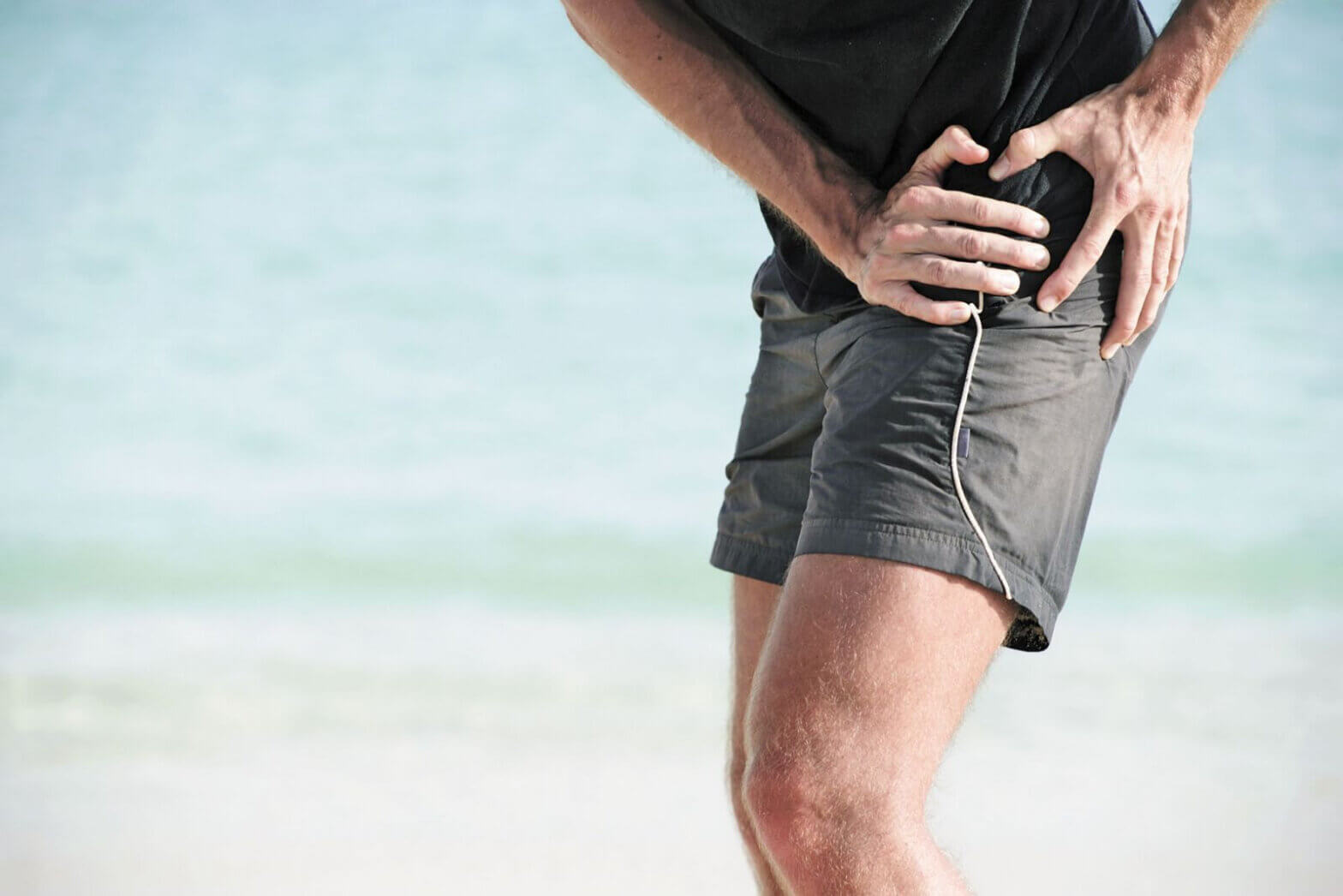Many people who have played sports or exercised have, at some point, experienced a hamstring strain or “pulled” hamstring. This painful condition can take you out of a sport and even limit your ability to complete day to day activities.
What Are The Hamstrings?
The hamstrings are a strong group of muscles on the back of the thigh. The semimembranosus, semitendinosus and biceps femoris travel from the pelvis and insert below the knee on the tibia and fibula. They are responsible for both flexion of the knee and extension of the leg. Because of this, the hamstrings are heavily used when running, squatting, navigating stairs, and many other motions of the leg.
Why Does a Strain Happen?
When you perform a movement, it is important that the muscles responsible for it are able to stretch and contract appropriately. Sometimes, when performing higher intensity activity or faster motions, a muscle can be stressed beyond its physical capacity. This can cause small tears to occur in the muscle fibers resulting in a strain.
Hamstring strains can come in varying levels of severity. They can happen close to the attachment point at the hip (proximal), in the muscle belly, or lower in the leg at the attachment points at the knee (distal). Generally, strains are classified as the following:
- Grade 1 – Mild damage to the muscle fibers. This can be mildly painful but does not often significantly limit range of motion or impact strength.
- Grade 2 – A larger tear of the muscle fibers. This grade of strain is often moderately painful, can limit motion and results in loss of strength and change in walking pattern.
- Grade 3 – A complete rupture of the muscle. This type of strain strain will be severely painful, have bruising, will limit motion, strength and function to a greater degree.
Physical Therapy for Hamstring Strains
Evidence has shown that physical therapy can help with hamstring strain recovery. When used correctly, stretching, eccentric hip strengthening, core strengthening and other various treatment types can provide lasting improvement. Additionally, proper treatment for a hamstring strain can help to prevent its recurrence in the future.
If you have experienced a hamstring strain and want to get back to playing a sport, exercising, or performing daily activities without pain, physical therapy can help. Call Respire Physical Therapy at 703-671-1871or click here to schedule an appointment with one of our Physical Therapists today.
Tags: Respire Physical Therapy, physical therapist, choosept, fallschurchva, ptworks, hamstring pain, hamstring strain, hamstring injury, Physical Therapy



